Factory Audit;
Goods Inspection;
Third Party Test.
· Save Money: Significantly reduce energy costs and enjoy a low-cost, high-efficiency energy supply.
· Peak Shaving and Frequency Regulation: Our storage systems effectively manage peak shaving and frequency regulation, balancing power supply and demand to ensure grid stability.
· Energy Trading: Participate in capacity markets and energy trading to maximize the value of your storage system and generate additional economic benefits.
· Intelligent Backup Power: Utilizing smart grid and microgrid technologies, our system can automatically start and operate, providing you with reliable backup power.
· Flexible Load Management: Our system can flexibly adjust power loads, optimizing power usage efficiency and reducing energy waste.
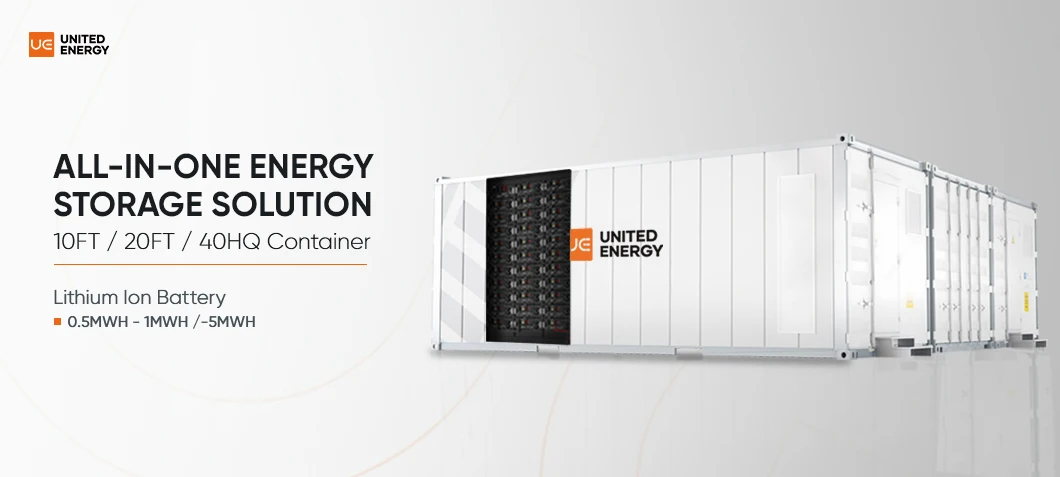
Battery energy storage systems (BESS) are essential components and critical supporting technologies for smart grids and renewable energy power stations, such as wind and solar. They provide various services to the power grid, including peak shaving, frequency regulation, backup power, black start capabilities, and demand response. BESS enhance the flexibility, economy, and safety of traditional power systems while significantly improving the integration of renewable energy sources.
Our latest BESS is a state-of-the-art electrochemical energy storage system based on a dynamic energy management system (EMS-GPC). Housed in a 40HQ container, the system includes a battery system, battery management system (BMS), dynamic energy management system (EMS-GPC), power converter system (PCS), environmental control system, and fire-fighting system. The battery system, with a capacity of 3200kWh, can be fully deployed across two 40HQ containers.
Basic Logic Diagram
Working Mode (PCS)
On Grid: The default factory setting of ATESS is: Zero-Export, Load First mode
| Zero-Export | Zero export function, the excess PV cannot flow to the grid |
| Non zero-Export | Non-zero export function, the excess PV can flow to the grid |
| Load First | PV is higher than load consumption, PV will priority supply load, then excess will charge battery. |
| PV >load | |
| Load First | PV is lower than load consumption, then battery will discharge to offset the shortage part. If battery voltage approaches the under voltage limit, battery will stop discharging, and the load will supply by PV and grid. |
| PV <load |
On Grid: Working Mode - Battery First mode
| PV >Battery | PV is higher than maximum battery charging power, PV will priority charge battery, then excess will supply load. |
| PV <Battery | PV is lower than battery charging power, PV and grid will charge battery at maximum charging power simultaneously. The load will supply by grid. |
On Grid: Working Mode - Economy mode
| During Off-peak | The working mode is same as battery-first mode |
| During Mid-peak | 1, Battery doesn’t discharge, grid won’t charge battery. |
| 2, PV is higher than load consumption, PV will priority supply load, and then excess will charge battery. | |
| 3, PV is lower than load consumption; load will be supplied by PV and grid simultaneously. PV won’t charge battery. | |
| During On-peak | 1, Grid won’t charge battery. |
| 2, PV is higher than load consumption, PV will priority supply load, and then excess will charge battery. | |
|
3, PV is lower than load consumption, PV and battery will supply load simultaneously. If battery voltage approaches the under voltage limit, It will stop discharging. Load will be supplied by grid and PV. Grid doesn’t charge battery in this period. |
On Grid: Working mode - Time schedule mode
| PCS Connected to Grid & Battery | When PCS is only connected to the grid and battery, set the on-peak period, mid-peak period and off-peak period, battery discharge in on-period, charge the battery in off-peak period, and do not charge and discharge in mid-peak period, the charging and discharging power can be set. |
On Grid: Working mode - EMS mode
| In EMS mode | In EMS mode, PCS is fully controlled by EMS for charging and discharging, there is no working logic. |
Off-Grid Mode
| Off-Grid | Load is supplied by PV and battery. |
DG Mode: Generator connection (dry contact control)
| In off grid mode | In off-grid mode, when battery voltage is approaching under voltage limit, PCS will close a relay output to start generator. The generator power will be used to supply load and charge battery. When battery is fully charged, PCS will send signal to shut down the generator. |
What's included?
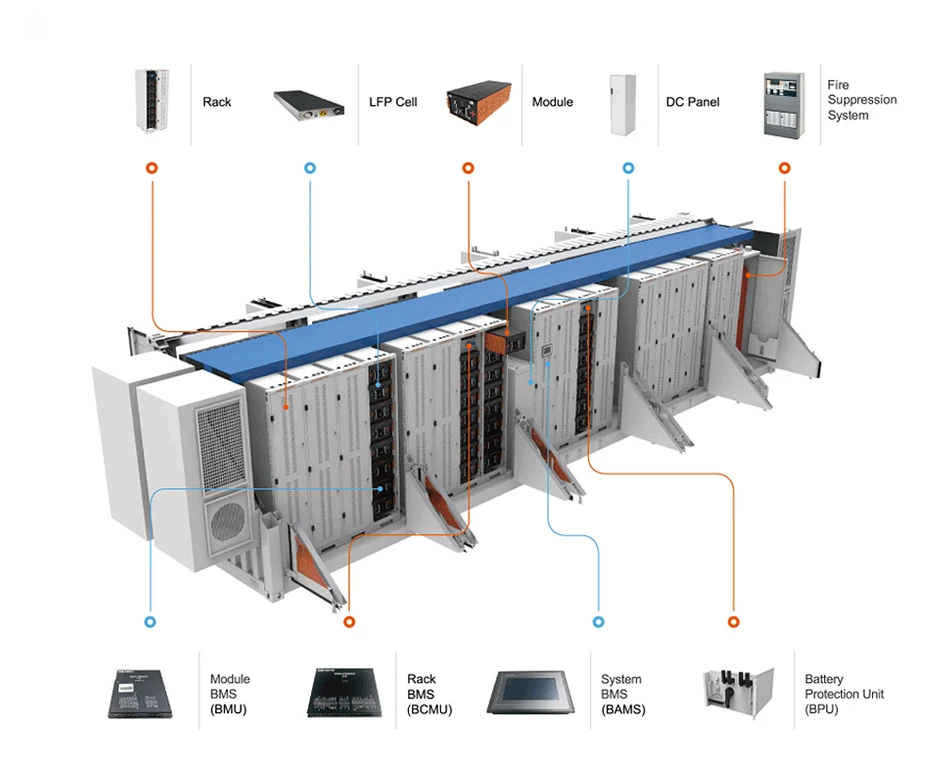
1Mwh BESS Configuration Overview
| Item | Description | Qty. | |
| PV : 280 KWp | The maximum accessible PV capacity is 280 KWp | 480 | |
|
Battery:1MWh(0.8MWh available at 80% DOD) 1Mwh Battery Bank with All accessories Three-level BMS (ESMU/BCMU/BMU)with battery bracket DC cables,communication cable IEC62619/CE/UN38.3 |
Battery Module: 51.2V/280AH@14.336kWh, 3.2V *16cell; Battery cluster: 716.8V/280AH@200.704kWh,14*modules+1*main controller; Battery system: 716.8V/1400AH@1003.52kWh,5*cluster+1*battery cabinet; |
1 | |
| PV-CB16M | For combination of multiple PV module strings | 1 | |
| On Grid Inverter | 280KW (Convert DC power to AC) | 3 | |
| PCS500 | 500KW Battery inverter | 1 | |
| Bypass500 | Automatic switch between on-grid and off-grid | 1 | |
| Isolation transformer500 | 500KVA | 1 | |
| Enerlog | Monitoring data logger | 1 | |
| Container 20ft | Equipped with HVAC, fire extinguishing system, lighting system | 1 |
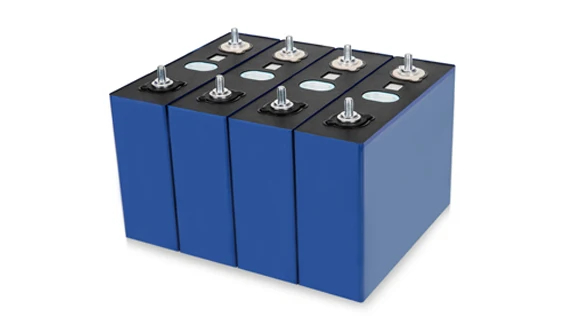
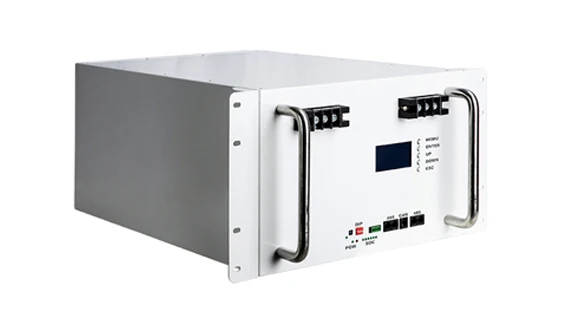
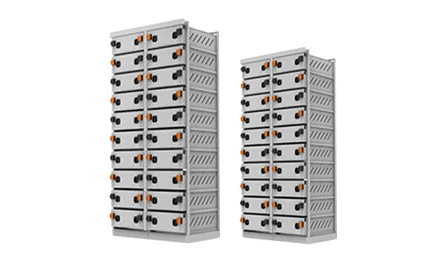
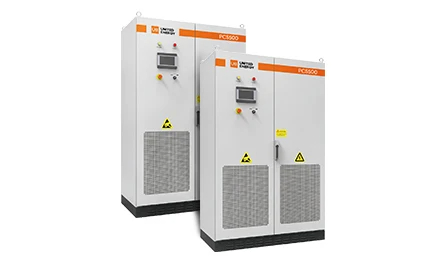
Our Projects


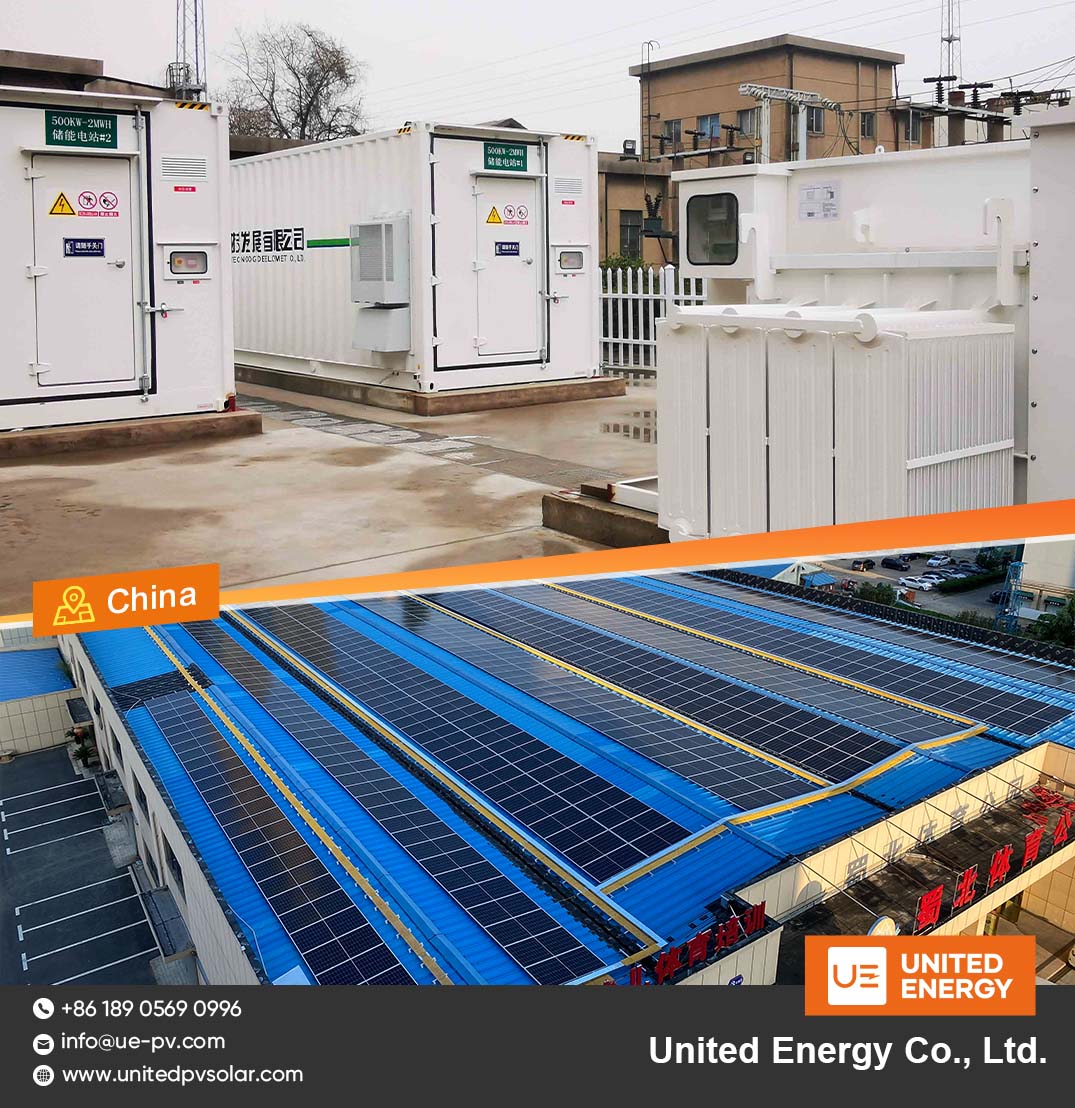
BESS integrates battery cabinets, Lithium Battery Management System (BMS), and dynamic monitoring. It's cost-effective, modular, and adaptable. Whether for power plants, communities, or islands, BESS offers stable energy support. With anti-corrosion, fireproof, and theft-proof features, it ensures energy safety. For efficient, eco-friendly energy storage system, choose BESS.

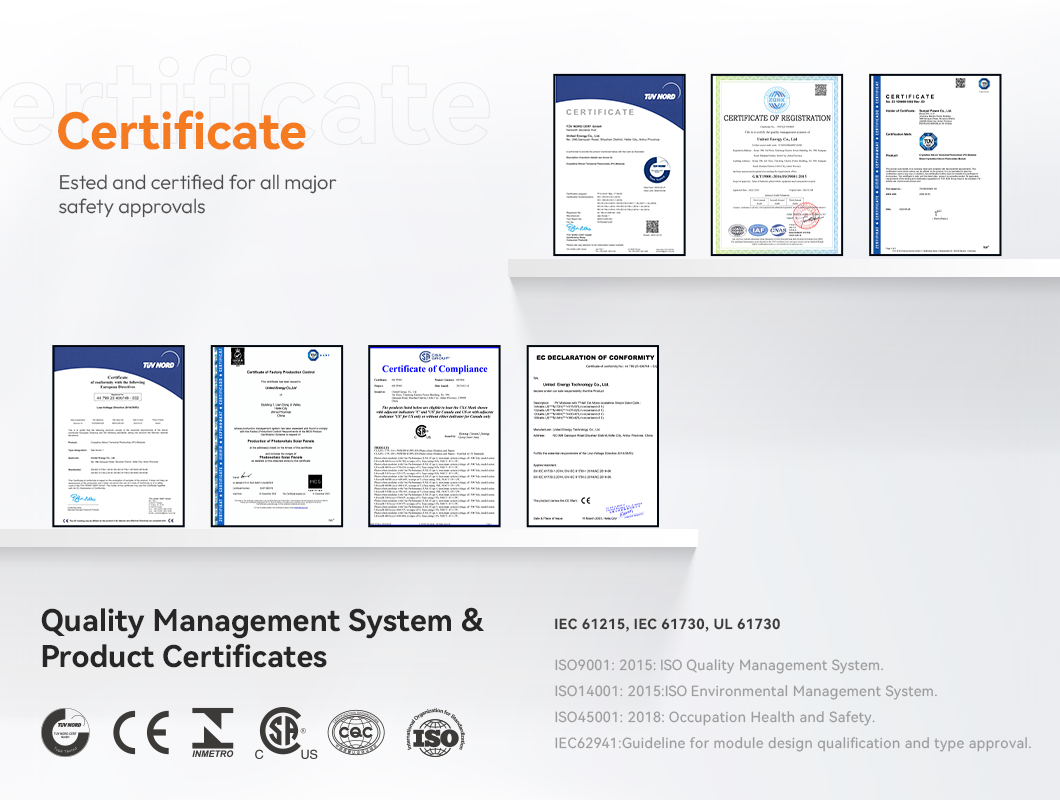

Tags :